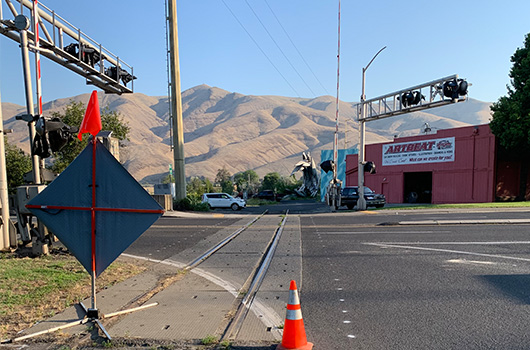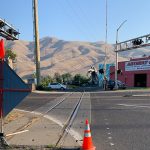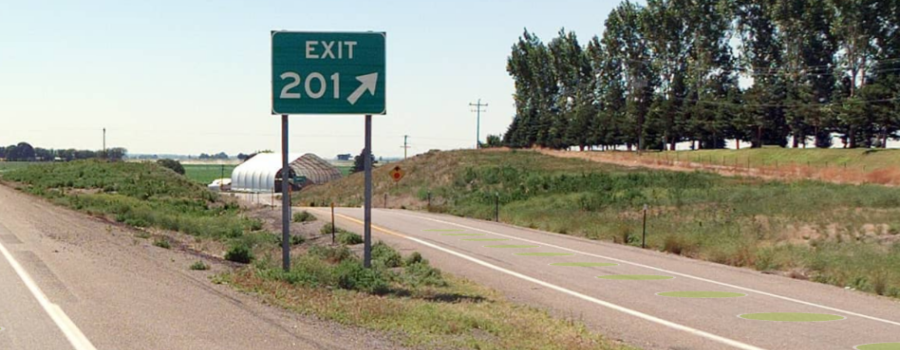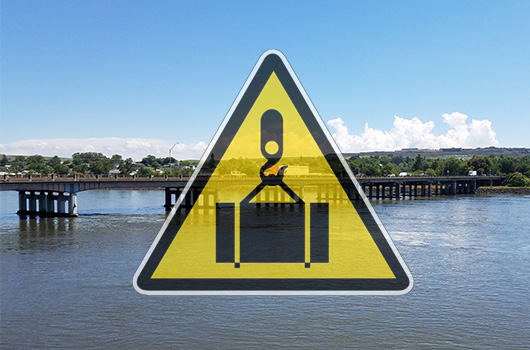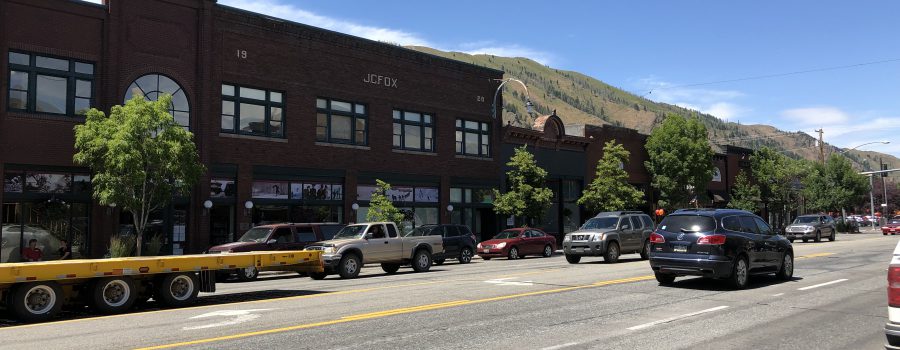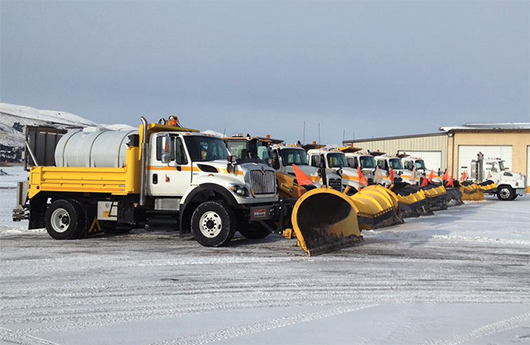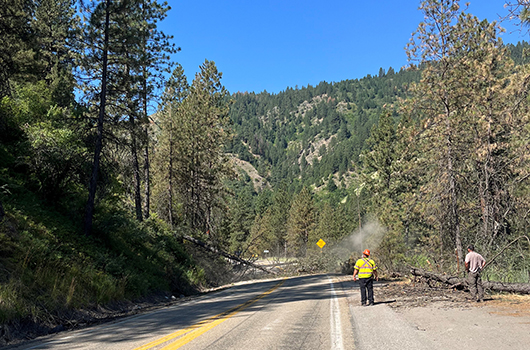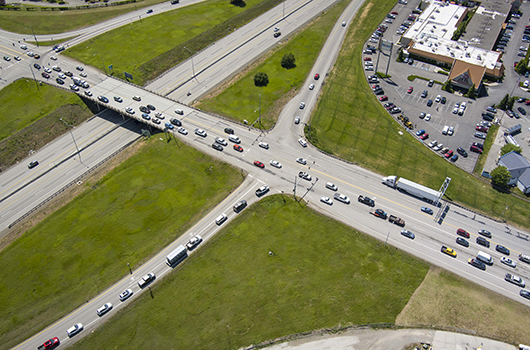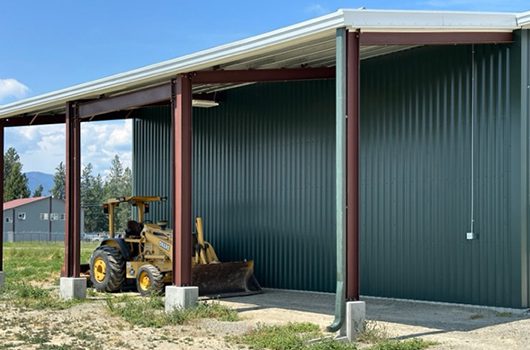Fifteen people have been killed in crashes on Idaho roads in the last 10 days, at the mid-point of the 100 Deadliest Days of Summer. The Idaho Office of Highway Safety (OHS), Idaho State Police, and over 50 law enforcement partners across Idaho are joining forces to educate drivers and stop aggressive driving. Now through July 30, expect to see more officers on the road looking for speeding, tailgating, and other aggressive driving behaviors.
So far this year 121* people have been killed on Idaho roads. Forty-five* of those fatalities happened during the 100 Deadliest Days, which is the time between Memorial Day and Labor Day when Idaho sees a spike in fatal and serious injury crashes. Last year 39 percent of all fatal crashes involved some form of aggressive driving behavior.
“We all want to make it home and most Idahoans make safe choices that protect themselves and others,” explained Highway Safety Manager Josephine Middleton. “It’s important that we recognize and stop the behaviors that put people at risk.”
Speeding reduces a driver’s ability to react to hazards and increases the risk of crashes and injuries. It also makes it harder to maneuver around obstacles or curves and increases stopping distance. Other vehicles and pedestrians may misjudge distances when a car is speeding towards them.
“The effects of speeding are deadly,” said Middleton, “and with more drivers out and about during the summer the danger goes up for everyone on the roads.”
Examples of aggressive driving include:
- Speeding
- Tailgating
- Driving too fast for conditions
- Cutting in front of another driver and then slowing down
- Failing to stop for red lights or stop signs
- Failure to yield
- Weaving in and out of traffic
- Changing lanes without signaling
- Blocking cars that are attempting to change lanes
- Passing a vehicle on the wrong side of the road or on the shoulder
- Screaming, honking, or flashing lights
- Making hand gestures or facial expressions at other drivers
*Preliminary data
LEWISTON – Motorists should anticipate delays on U.S. Highway 12 Dike Bypass beginning Monday, July 24 as contractors are scheduled to remove railroad tracks by the levee that cross US-12. The tracks are no longer operational, and the remaining sections will therefore be removed. Work should be completed by late August.
The old tracks will be extracted at three locations:
- D Street at Sonoco
- East side of the Blue Bridge along Snake River Avenue to Dike Bypass Loop
- Crossing on Snake River Avenue at H Street.
Parts of D Street and the section of Snake River Avenue between Main Street and the Dike Bypass (near the Blue Bridge) will be temporarily closed during construction. Traffic delays, detours and lane shifts should be anticipated during the day from 7 a.m. to 5 p.m. at all locations.
Railroad tracks, signals and gates are planned for removal on US-12 near the east of end of the Blue Bridge. The structures and track are anticipated to be dismantled during a series of night closures starting August 7 and completed by August 11 from 9 pm to 5 am to lessen the impact to the traveling public. Motorists can expect detours using Southway Bridge and/or Red Wolf Bridge.
Pedestrian detours will be in place as crews extend the sidewalk and remove curbs. Remaining gaps in the pavement will be filled and resurfaced near the Blue Bridge where the sidewalk and curb connect. These enhancements will result in improved traveling surfaces for both pedestrians and motor vehicles.
We appreciate the public’s patience and cooperation during this important infrastructure improvement project.
To receive continual updates about weather-related road conditions, road work, commercial vehicle restrictions, road closures, and other travel please visit Idaho 511. Access it 24/7 on the web at http://511.idaho.gov, by downloading the free mobile app or by dialing 511 on your phone.
KASOTA – The I-84 Kasota interchange westbound ramp will be closed starting July 23 at 9 p.m. to July 28 at 6 p.m. for construction. Motorists can expect reduced speeds and are encouraged to find alternate routes.
Due to the proximity of construction equipment to the westbound off-ramp, crews will need to temporarily close the ramp while performing concrete paving operations for safety reasons.
Travelers are reminded to check 511.idaho.gov for impacts to traffic from construction.
The Idaho Transportation Department (ITD) will begin construction to replace the superstructure of the Clearwater Memorial Bridge starting this summer and continuing up to two years. The project will enhance safety, functionality and economic opportunity in the region. Constructed in 1951, some components of the Clearwater Memorial Bridge are nearing the end of their service life.
In water work will commence mid-July and consist of placing riprap. This will prevent erosion of the riverbed around the bridge foundations. Crews will be working from barges for this construction phase. We anticipate this work 5 days a week; 7AM – 5:30 P.M. and completing around early September.
Because the work is being completed from barges, the vehicle traffic across the bridge will not be affected during this stage. Boating traffic on the river may be affected during working hours and vessels are encouraged to proceed with care around the buoys.
Future improvements will include building a new bridge deck with wider lanes, shoulders and sidewalks. The existing piers and girders that support the bridge deck can be retained. The new bridge will improve the load rating of the bridge and bring it up to current load-rating standards.
Work on the bridge is currently scheduled to begin on August 15, 2023 at which time all traffic will be shifted from four lanes to the western two lanes. Pedestrian access across the bridge will not be allowed for the first phase of bridge construction, which is expected to last about 10 months. During this time a shuttle will bring pedestrian traffic including bicyclists from one end of the bridge to the other. ITD expects increased traffic congestion during construction and encourages motorists to search for alternative routes that do not use the Clearwater Memorial Bridge.
The public is invited to an informal open house at the Hells Canyon Grand Hotel on Tuesday, August 8 from 2 p.m. – 7 p.m. PST to learn more about this project. ITD will share plans to accommodate drivers, pedestrians, and bicyclists during the next phase of construction closer to the date.
For more information about the project please visit https://itdprojects.org/projects/us12memorialbridge/
Drivers can expect another work zone on State Highway 53 west of Rathdrum as construction begins Sunday, July 16, to resurface the highway.
Crews will work at night to repave SH-53 between Bruss Road and Latah Street for the next several weeks. The highway will be reduced to one lane at night with a pilot car to guide traffic. During the day, all lanes will be open.
“Unlike other projects we have underway right now, this project will only resurface the highway and only impact traffic at night,” ITD North Idaho Project Manager Joel Heston said. “At this time, we are not widening this section, though we hope to do it in the future.”
Other work zones are ongoing between Hauser Road and Bruss Road to add a center turn lane, as well as at Ramsey Road to install a permanent signal. Next month, another two-year project is expected to start within the city limits of Rathdrum to build a new center turn lane.
“We have a series of projects on SH-53 to improve safety by adding turn lanes,” Heston said. “And thanks to a $36 million grant, we are now planning to start construction of a new interchange at Pleasant View Road years earlier than originally planned.”
For details on what’s included with each project, visit itdprojects.org/sh53corridor.
Travelers are reminded to check 511.idaho.gov for impacts to traffic from construction.
HAILEY – The Idaho Transportation Department (ITD) will begin chip sealing Main St. in Hailey starting July 25 and expect to complete work in four weeks. Construction will start at milepost 115.6 Fox Acres Rd and end at milepost 117.3 McKercher Blvd. Chips placed during sealcoats have the potential to cause windshield damage, so drivers are cautioned to drive slow on loose chips and pay attention to flaggers and no-passing zones throughout the work area.
Chip sealing involves applying a thin film of heated asphalt liquid that is sprayed on a road surface, followed by placing small aggregate chips on top, and then compacted to adhere to the asphalt. The cost benefits of chip sealing help to extend the life of the pavement for many years.
Download image of Hailey Main St. at http://https://itd.idaho.gov/haily-main-st-image/
Drivers should check 511.idaho.gov before traveling to plan for impacts from this project and other work zones.
An entry titled “ITD Goes Above and Beyond to Keep Idaho Roads Safe” recently won an APEX Award of Excellence – the second national award recognizing the department’s outstanding winter road-clearing efforts. ITD’s winter efforts also earned a Community Service award a few months ago.
“We appreciate that our Idaho Transportation Department teams are nationally recognized for the best daily customer service and also our public service readiness 24/7 in teamwork during storms with highway partners like ISP for local community safety success,” said ITD Chief Deputy/Chief Operations Officer Dan McElhinney (pictured below).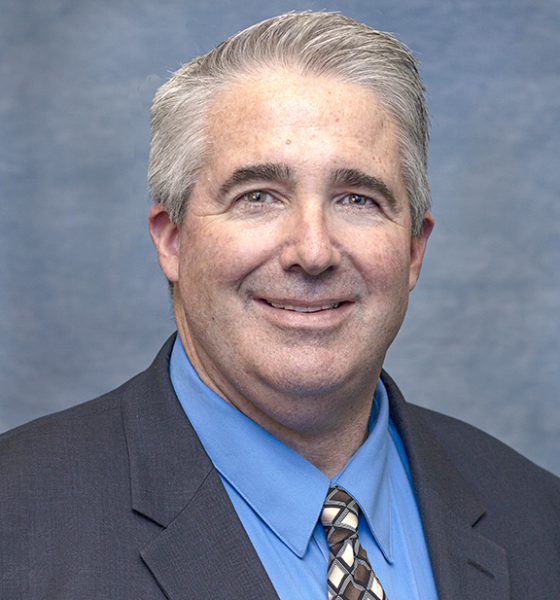
The winning APEX entry highlighted some of the outstanding work by ITD crews in the recent past. It focused on the above-and-beyond efforts of employees across the state, chronicling the incredible efforts every day by more than 500 workers to keep our roads and bridges clear and open.
“The competition was particularly intense this year,” said Ken Turturo of APEX and Communications Concepts. “There were quite a few entries exhibiting very high-quality work that did not receive an award. The fact that you won should not be taken lightly.”
ITD tracked nearly 7,860 storms this past winter season, about 3,350 more than the previous winter. But despite a more challenging winter, crews kept the state’s roads clear and passable during the storm 80 percent of the time.
Drivers should plan for delays while tree removal efforts are underway on State Highway 55 between Banks and Horseshoe Bend over the next several weeks.
In conjunction with the U.S. Forest Service and the Bureau of Land Management, the Idaho Transportation Department is cutting down dead trees along the highway between mileposts 72 and 79. Crews will be on site each weekday from 8 a.m. to 4 p.m. to clear dead and dying trees to minimize risk to drivers and improve overall forest health.
“While we’re dropping trees on the highway, it isn’t safe to allow traffic to pass underneath,” Operations Field Manager Eric Copeland said. “Crews will temporarily close the highway, remove several trees, clear the road and then let traffic through.”
Travelers should expect delays of up to 30 minutes and are encouraged to check 511.idaho.gov for any delays before leaving. No work will take place on Fridays or weekends.
“We are in regular discussions with our partners on how to make this route as safe as we can, not just in the winter but during every season,” Copeland said.
In late 2022, ITD and these agencies started discussions on the issues and more recently to remove the immediate hazards this summer and work together on a long-term solution to manage the highway right of way, which is maintained under an easement. Hazard tree removal is one of several maintenance actions that are authorized through ITD’s existing easement.
“The Forest Service is providing tree cutting expertise for ITD’s current operations along SH-55,” Emmett District Ranger John Wallace said. “We are happy to support ITD in their work to keep highways safe by reducing hazards within their right of way.”
Kootenai County travelers are being asked to comment on an ongoing study regarding a traffic management center (TMC) at two open houses in August or via a survey that is now available online.
Growth has strained existing infrastructure. Drivers consistently experience bottlenecks, unreliable travel times, an overall lack of readily accessible motorist information and unpredictable incident management on major routes, including I-90. That growth is projected to continue, with traffic volumes on I-90 alone expected to double by 2045.
“Our studies have already shown that a traffic management center is needed now,” said Glenn Miles, Director for the Kootenai Metropolitan Planning Organization (KMPO). “The current phase of the planning study is evaluating what it would take to implement one.”
TMCs are a common tool used in urban areas in our region and country to address growth and congestion through shared technology and resources. They bring together resources from highway districts, cities and transportation departments to allow for joint management of traffic safety, mobility and information in a region.
“Traffic management centers are really about optimizing existing infrastructure,” District Engineer Damon Allen said. “They’re already in place in neighboring metro areas like Spokane and Boise.”
Kootenai County travelers are invited to learn more by either going online or attending one of the two open houses on August 3 from 5:30 to 7:30 p.m. The same information will be shared at both open houses at the following locations:
- The Black Bay Depot in Post Falls at 1211 East 3rd Avenue
- The Coeur d’Alene Public Library in the Community Room at 702 East Front Avenue.
The same material is available online now. Comments will be accepted through August 4.
No funding has been identified for implementing a traffic management center, though study results will identify what is needed and improve chances of securing grants.
The study is joint effort directed by the Idaho Transportation Department and the Kootenai Metropolitan Planning Organization. Comments will be shared with board members of KMPO at the regular meeting on August 10.
Governor Brad Little’s Leading Idaho initiatives recently funded snow-removal equipment improvements of $200,000 at the Bonners Ferry Airport in Northern Idaho.
Improvements were completed last week. Improvements included updating an Automated Weather Observing System computer at the facility, purchasing a 135-horsepower tractor, buying equipment for the new tractor (loader, blade, snow blower and rotary mower), and buying materials to build s lean-to to add to the existing snow-removal equipment shed to provide cover for these new items.
“This has helped our airport more than you could ever guess,” said Airport Manager Dave Parker. For instance, Parker said that the airport had not been able to keep up with heavy snow in recent years, but the new snow blower and tractor will enable them to do so now. Parker also said that “having a cab to spray weeds, mow in dusty conditions, and keep warm in the winter has been a dream come true for our crew.”
As part of Governor Little’s“Leading Idaho” initiative, the 2021 Idaho Legislature dedicated $126 million of one-time funds from Idaho’s budget surplus to transportation projects statewide. The funds were split 60/40 between ITD and local jurisdictions. Construction on this project is paid for with ITD’s portion of the funds that will accelerate projects to replace bridges, restore pavements, and improve mobility in communities across Idaho.



